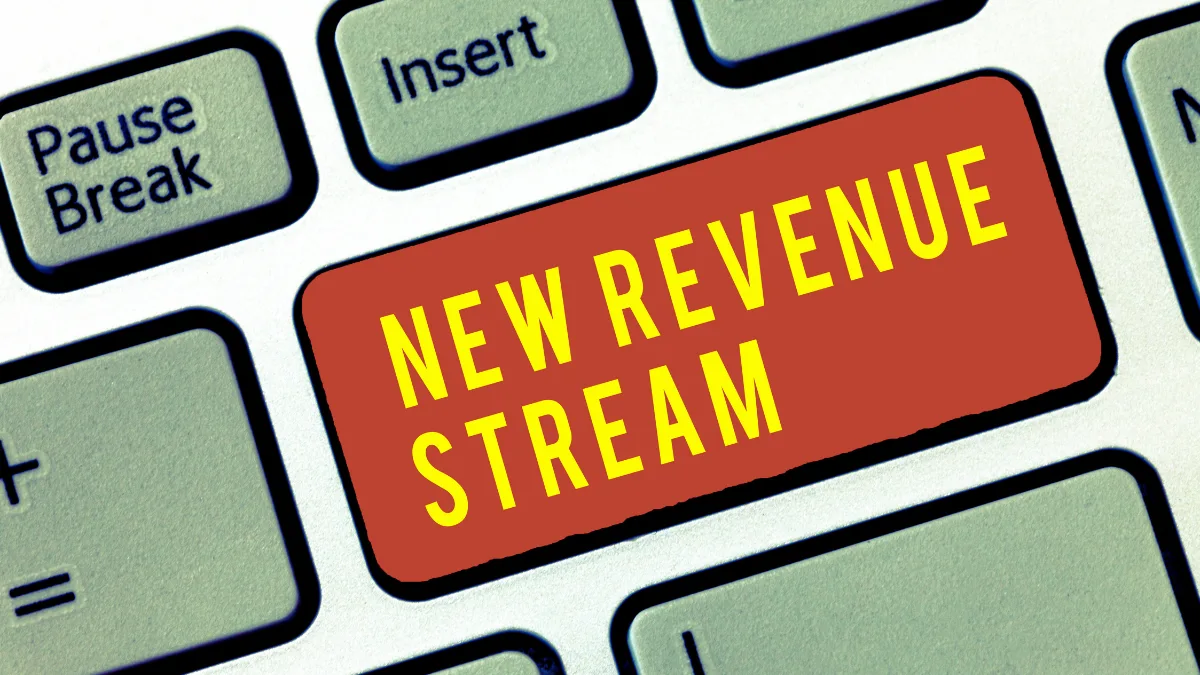Let me tell you about my 15-year experiment with financial gurus. I read every book. I listened to every podcast. I followed Dave Ramsey’s baby steps, Suze Orman’s emergency fund rules, and Robert Kiyosaki’s cash flow advice.
The result? I’m 45 years old with $127,000 in debt and $12,000 in savings.
If you’ve followed popular money advice and still struggle, you’re not alone. A recent Ramsey Solutions report states that 52% of Americans live paycheck to paycheck. 33% say they’re in a financial crisis. The advice that sounds so simple on paper falls apart in real life.
Here’s why most financial advice fails. And what actually works for regular people like us.
Why Financial Gurus Sell You Dreams Instead of Solutions

Financial gurus promise easy answers to hard problems. They say “just stop buying coffee” or “invest in index funds.” It sounds simple. But real life isn’t simple.
47% of Americans grade their money knowledge as C or worse. Yet we keep buying books from people who made their money selling books about money. See the problem?
Here’s what the research shows. Nearly 2 in 3 (39%) of Americans lost $250 or more from bad financial advice. 18% lost over $1,000, according to a 2025 survey by the CFP Board. These aren’t small mistakes. They’re life-changing losses.
The gurus write for everyone. But everyone has different problems. A single mom in Detroit needs different advice than a tech worker in San Francisco. Generic advice ignores this reality.
Economists at Yale studied popular money books. They found “significant differences” between what economists recommend and what bestselling authors tell you to do. The book’s advice often makes things worse.
Dave Ramsey’s Debt Plan: Why It Backfires for Many People

Dave Ramsey tells you to pay off your smallest debt first. He calls it the debt snowball. It feels good, but costs you money.
Let’s say you have these debts:
- Credit card: $2,000 at 22% interest
- Car loan: $15,000 at 6% interest
- Student loan: $25,000 at 4% interest
Ramsey says to pay the credit card first because it’s the smallest. But math says pay the highest interest rate first. You’ll save thousands in interest payments.
His mortgage advice is even worse. Ramsey tells people to pay off their house early. But if you have a 3% mortgage rate, you’re throwing away free money.
Here’s why. If you pay extra on your 3% mortgage instead of investing, you lose money. The stock market averages 10% returns over time. That’s a 7% difference each year.
Take someone with a $300,000 mortgage at 3%. If they pay $500 extra each month, they save $100,000 in interest over 30 years. Sounds good, right?
But if they invest that $500 monthly instead, they make $350,000 more. The choice costs them $250,000 in wealth.
Critics argue his strict rules don’t work in today’s economy. You need credit to buy a house. You need credit to rent a car. His zero-debt philosophy ignores how the world actually works.
Suze Orman’s Emergency Fund: The Inflation Trap

Suze Orman tells you to save 8-12 months of expenses in a savings account. Right now, savings accounts pay about 0.5% interest. Inflation runs about 3% per year.
Your emergency fund loses money every single day.
Let’s do the math. If you save $20,000 for emergencies, inflation costs you $600 per year. After 10 years, your money buys 25% less stuff. Your “safety net” has holes in it.
Here’s the bigger problem. 55% of people can’t cover a $400 emergency. Nearly 20% couldn’t find $1,000 in 24 hours to save a loved one’s life.
Telling struggling people to save 8-12 months of expenses is like telling short people to just be taller. It sounds nice, but it doesn’t help.
10% of people have zero savings at all. They need food and rent money, not lectures about emergency funds.
Better emergency planning looks different:
- Start with $500, not $10,000
- Use a high-yield savings account (4-5% interest)
- Build credit lines you don’t use
- Focus on making more money, not just saving more
“Just Invest in Index Funds” Ignores Your Real Life

Every guru tells you to buy index funds and wait 30 years. They show charts of market growth since 1950. They make it sound easy.
But real people don’t invest like robots. They panic when markets crash. They sell at the bottom. They buy at the top.
The market has been overvalued for 97% of the past 30 years. You’re told to “buy and hold” when stocks cost twice their historical average. That’s not smart investing. That’s hope.
Here’s what the data really shows. 67% of Americans have retirement accounts. But only 34% feel on track for retirement. The advice isn’t working.
61% of people with over $10,000 to invest keep it in cash instead of stocks. Why? Because they lived through 2008. They remember losing half their money in two years.
The gurus never mention that part. They assume you’ll never need money during a crash. They assume you’ll never lose your job when your 401k is down 40%. Real life has different plans.
Age matters too. If you’re 25, you can wait for markets to recover. If you’re 45, you need money for college tuition. If you’re 55, you can’t afford to lose 10 years waiting for a recovery.
Only 35% of non-retirees think they’re saving enough. The “just buy index funds” advice isn’t fixing the retirement crisis.
What Middle-Aged Americans Really Face: The Numbers Don’t Lie

Let me show you the real financial picture for people our age. Generation X carries the most debt of any generation.
Here’s what the average Gen X person owes:
- Credit cards: $8,215
- Mortgage: $238,344
- Auto loans: $21,570
- Student loans: $39,981
Americans aged 40-49 hold $4.76 trillion in total debt. That’s more than any other age group. We’re the sandwich generation. We pay for kids’ college and aging parents’ care.
The gurus act like everyone starts fresh at 22 with no responsibilities. They don’t mention divorce costs. Medical bills. Job losses. Special needs kids. Aging parents who can’t afford care.
Credit card debt hit $1.209 trillion in 2025. The average American owes $6,371 on plastic. Interest rates average 21.91%. At that rate, minimum payments barely cover interest.
Here’s the worst part. People ages 30-59 have 130% more credit card debt than younger and older Americans. We’re stuck in the middle, paying the most when we can least afford it.
The average mortgage payment is now $2,172 per month. In many cities, that won’t buy you a decent place to live. Housing costs eat up 40-50% of income for middle-class families.
52% of Americans worry about money every day. The advice isn’t working because the advice ignores reality.
The Real Problem: It’s About Income, Not Lattes

Here’s what no guru wants to tell you. It’s easy to save money when you make a lot of money. The secret isn’t cutting expenses. It’s making more money.
I can prove it. Take two people:
- Person A makes $50,000 and saves 20% = $10,000 per year
- Person B makes $150,000 and saves 10% = $15,000 per year
Person B saves more money while trying half as hard. Income matters more than savings rate.
The world has changed since gurus wrote their books. Houses cost 5 times more than 30 years ago. College costs 10 times more. But wages stayed flat.
The world whose advice is based on no longer exists. You could buy a house for 2-3 times your income in 1990. Now houses cost 5-8 times income in most cities.
A college degree used to guarantee a good job. Now it guarantees student loan debt. Students owe an average of $29,550 for bachelor’s degrees. Grad school debt averages $102,790.
The gurus still act like everyone can get a 6-figure job by working hard. They ignore automation, outsourcing, and the gig economy. Most “good jobs” don’t exist anymore.
Good advice is theoretical. Effective advice is practical. The gurus give good advice. We need effective advice.
What Actually Works: Focus on These 4 Things Instead
Stop following generic advice. Start building systems that work for your real life.
1. Automate Everything Before You Try Willpower

Willpower doesn’t work. Systems do. Americans saved a record 7.7% of their paycheck in 2024. How? Automatic 401k contributions.
Employees with automatic enrollment saved 60% more money than people who had to opt in. The same paycheck, but better results because the system did the work.
Set up automatic transfers for everything:
- 401k contributions
- Bill payments
- Savings transfers
- Investment deposits
Don’t rely on remembering to save. Make saving happen without thinking about it.
2. Build Multiple Income Streams

The biggest financial risk is depending on one job. Companies lay people off. Industries disappear. You need backup plans.
Start small:
- Freelance work in your spare time
- Sell stuff you don’t need
- Rent out extra space
- Learn skills that pay money
99% of Americans manage their own money instead of using financial advisors. You can also learn to make money yourself.
3. Use Debt Strategically

Not all debt is bad. The gurus want you to be debt-free. But smart debt makes you money.
Good debt:
- Mortgages below 6% interest
- Student loans for high-paying careers
- Business loans that generate income
Bad debt:
- Credit cards for consumption
- Car loans for expensive cars
- Any debt over 10% interest
Pay off bad debt fast. Use good debt to build wealth.
4. Plan for Your Actual Life

Stop using generic benchmarks. Figure out what you really need.
Ask these questions:
- Where do you want to live?
- When do you want to retire?
- What do you actually spend money on?
- What makes you happy besides money?
Personal finance is 80% behavior and 20% math. The gurus focus on math. You need to fix the behavior part first.
Stop Following Gurus and Start Following Evidence

Here’s what 15 years of guru advice taught me. Generic advice fails because your life isn’t generic.
The gurus make money selling simple answers to complex problems. They can’t give personalized advice to millions of people. So they give advice that sounds good but doesn’t work.
54% of Americans regret following the money advice they got. You’re not alone if the guru’s advice made things worse.
Real financial success comes from:
- Making more money than you spend
- Automating good habits
- Building systems instead of relying on willpower
- Planning for your actual circumstances
The gurus want you to believe money is mysterious. It’s not. You need to make more than you spend. Everything else is just details.
Success with money depends more on what you do than what you know. Stop reading about money. Start making more of it.
Your financial life won’t look like anyone else’s. That’s okay. Build the life you want, not the life some guru says you should want.
And maybe skip the next bestselling money book. Use that $20 to buy something that actually makes you happy.
